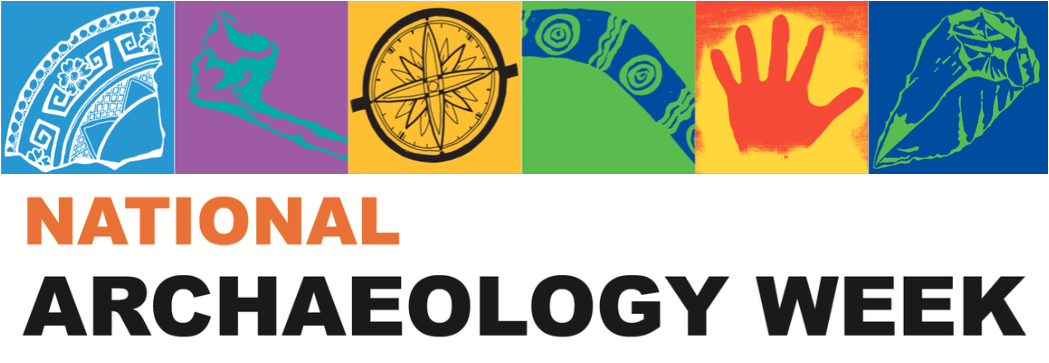Greg Hil
Current position
PhD Candidate in the Department of Archaeology and History at La Trobe University Melbourne.
Where did you study?
I received my BA (hons) and MA at Otago University in New Zealand.
How did you become interested in archaeology?
I always wanted to be an archaeologist. I spent my childhood in England exploring castles and Iron Age hill forts, and digging holes in the back garden. I think what has always drawn me to the discipline whether in England, America, New Zealand, or Australia is the sense of discovery. Its the feeling you get when you discover something previously unknown about the past, whether at the bottom of a test pit or through GIS-based spatial analysis on a computer screen.
What archaeological projects are you working on at the moment?
Currently, most of my focus is taken up by my PhD research. I am investigating the implications of nineteenth century industry for Aboriginal cultural heritage and its management in Victoria. Those 'implications' include the effects of gold mining (sludge) and urbanisation (fill events). In some cases these landscape changes have protected Aboriginal cultural heritage from later high impact activities.
Tell us about one of your most interesting archaeological discoveries.
While excavating at an abandoned nineteenth century cemetery in Otago, New Zealand, pick marks were discovered in the walls of a grave cut. The cemetery was established on a hill with very little topsoil and clay overlaying schist bedrock. It's just as well the cemetery was located in a gold mining settlement, as the grave diggers had to excavate more than a couple feet into that bedrock. The direction of the pick marks revealed the digger was left-handed. Making such an observation while sitting cross-legged at the bottom of an 150 year old grave cut is truly a remarkable thing. It also provided a good explanation for why the cemetery was abandoned in the first place.
Tell us about a funny / disastrous / amazing experience that you have had while doing archaeology.
Again, while excavating in Otago, New Zealand, work ended for the day at the site of a water-powered electrical generator established in the late-nineteenth century due to high winds. A tarpaulin had been weighed down with heavy metal waratahs, which evidently did not weigh enough. The wind picked up the tarp and caused the metal implements to turn into projectiles, ending one unfortunate archaeologist (not me) with a gouged arm. Thankfully, after a trip to the hospital, she was able to return to site after a couple of days. I suppose the lesson for any one reading this is not to weigh down tarpaulins in heavy winds.
What’s your favourite part of being an archaeologist?
It is incredibly rewarding to interact with archaeologists who are passionate about what they do. That deeply rooted eagerness to discover is a great thing to share with other people. There's also nothing quite like that first cold cider after a long hot day of hard work in unrelenting conditions.
Follow up reading.

